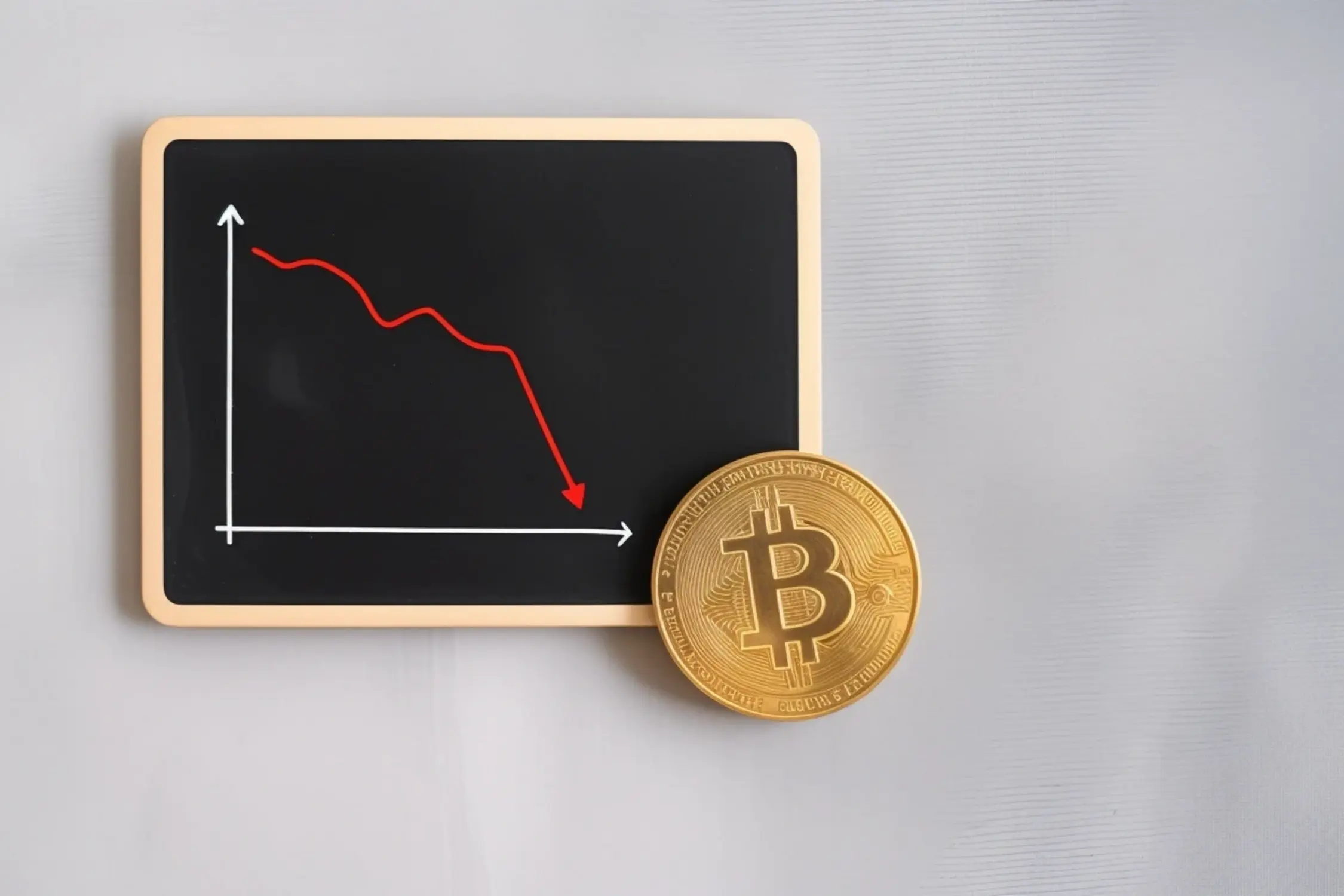The Hidden Truth About Crypto Market Collapses and Their Impact
The recent fluctuations in the financial realm reveal crucial insights into the underlying reasons behind crypto market collapses. Understanding the crypto market collapse can prepare us for its vast financial implications, market anxiety, and the broader economic impact, which are more relevant now than ever.
Understanding the Impact of Crypto Market Collapse
The effects of a crypto market collapse are far-reaching, impacting investors and their portfolios directly. When these collapses occur, investors often experience significant drops in the value of their holdings, leading to financial distress and portfolio re-evaluations. In many cases, individual losses contribute to a larger sentiment of panic that can pervade the market. As observed during past downturns, including the infamous 2018 crypto crash, many investors pulled out hastily, exacerbating the situation and contributing to the overall decline of market confidence. This ripple effect can also reach traditional financial markets; for instance, when cryptocurrencies experience a sharp price fall, stocks of companies associated with blockchain technology tend to decline as well. A notable example of this was the drop in shares of Coinbase during turbulent times, often mirroring the shifts in the crypto market itself, as noted in various financial analyses.
Financial Implications Following Market Collapses
Following a market collapse, the financial implications are profound and often long-lasting. Stakeholders—including retail investors, institutions, and hedge funds—typically experience direct financial losses that can amount to billions. For example, during the 2021 collapse, it was reported that the total market capitalization dropped by nearly 50%, reflecting substantial financial dislocation across the board. Investor sentiment also undergoes a drastic shift; many become risk-averse and less willing to re-enter the crypto space immediately following a collapse. Regulatory responses often follow swiftly to mitigate future risks. Governments and financial regulators across the globe have proposed tighter controls and oversight mechanisms to ensure market stability post-collapse. For instance, the framework advocated in various legislative proposals aims to enhance transparency and protect investors from future volatility.
Current State of Market Anxiety in Crypto
Market anxiety remains a prevalent issue within the crypto community, particularly in light of the recent volatility. Many investors express heightened concern over their investments and the overall market environment. Recent surveys indicate that a significant percentage of crypto traders feel uneasy about entering new positions, influenced by the psychological effects of rapid price fluctuations. As industry experts note, the fears surrounding market instability can result in a more profound psychological impact, leading to an eventual withdrawal of capital from the market. The emotional rollercoaster of these market swings not only affects trading decisions but also poses a risk to individual well-being and decision-making processes when it comes to investments.

Economic Impact of Cryptocurrency Failures
When we consider the economic impact of cryptocurrency failures, it’s essential to look beyond individual investor losses. The broader economic stability can be affected significantly by large-scale collapses in the crypto market. These events can lead to decreased consumer spending as investors take a conservative approach following a downturn. Economically, this can stifle innovation and investment in tech sectors reliant on blockchain and cryptocurrencies. Furthermore, correlation studies suggest that crypto volatility may ripple across financial markets globally, influencing stock market performance and even affecting currency valuations. As such, the implications of a single collapse could extend to economies that heavily integrate cryptocurrency technologies.
Lessons Learned from Past Crypto Crises
Reflecting on past crypto crises reveals several crucial lessons for today’s investors. Historical incidents such as the Mt. Gox hack or the 2018 crypto crash highlight the importance of risk management and due diligence. Investors who emerged successfully from these setbacks often adopted proactive strategies, such as diversifying their portfolios to spread risk across different assets. This diversification helps cushion potential losses from a specific market segment. Learning from these lessons, contemporary investors place emphasis on a well-rounded investment approach, balancing their exposure to cryptocurrencies with more stable financial instruments.
Steps to Prepare for Future Market Volatility
To navigate future market changes effectively, investors should consider implementing several strategies.
– Diversification: Spread investments across various asset classes to mitigate risks.
– Monitoring tools: Utilize analytics tools to keep abreast of market conditions and trends.
– Stay informed: Regularly read industry news to anticipate market shifts and regulatory changes.
Following these strategies can aid investors in maintaining confidence amid uncertainty, helping them manage their assets wisely in an unpredictable environment.




















